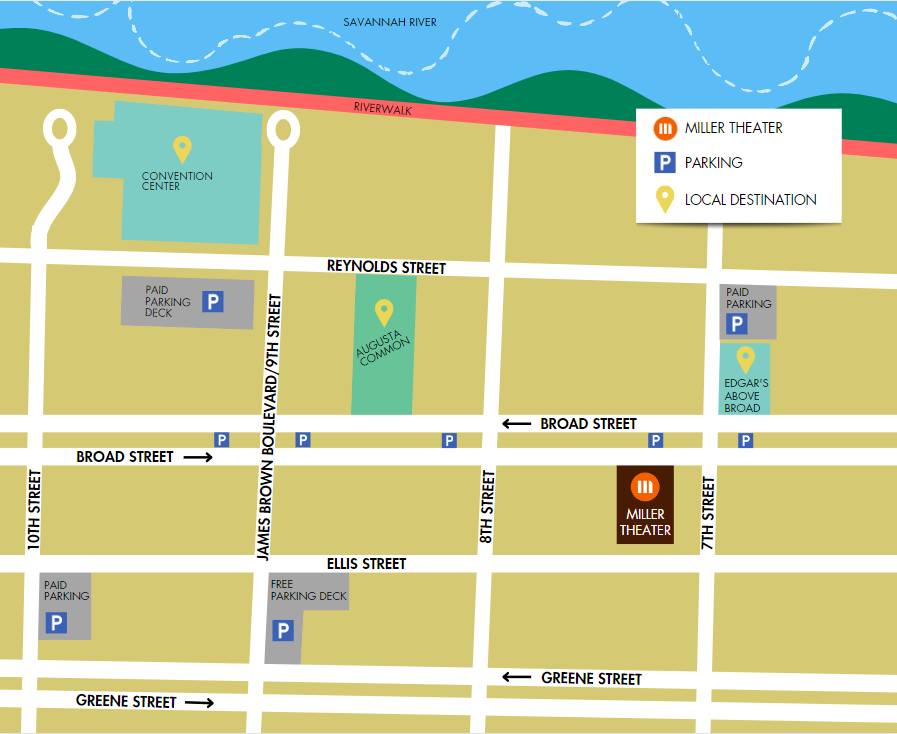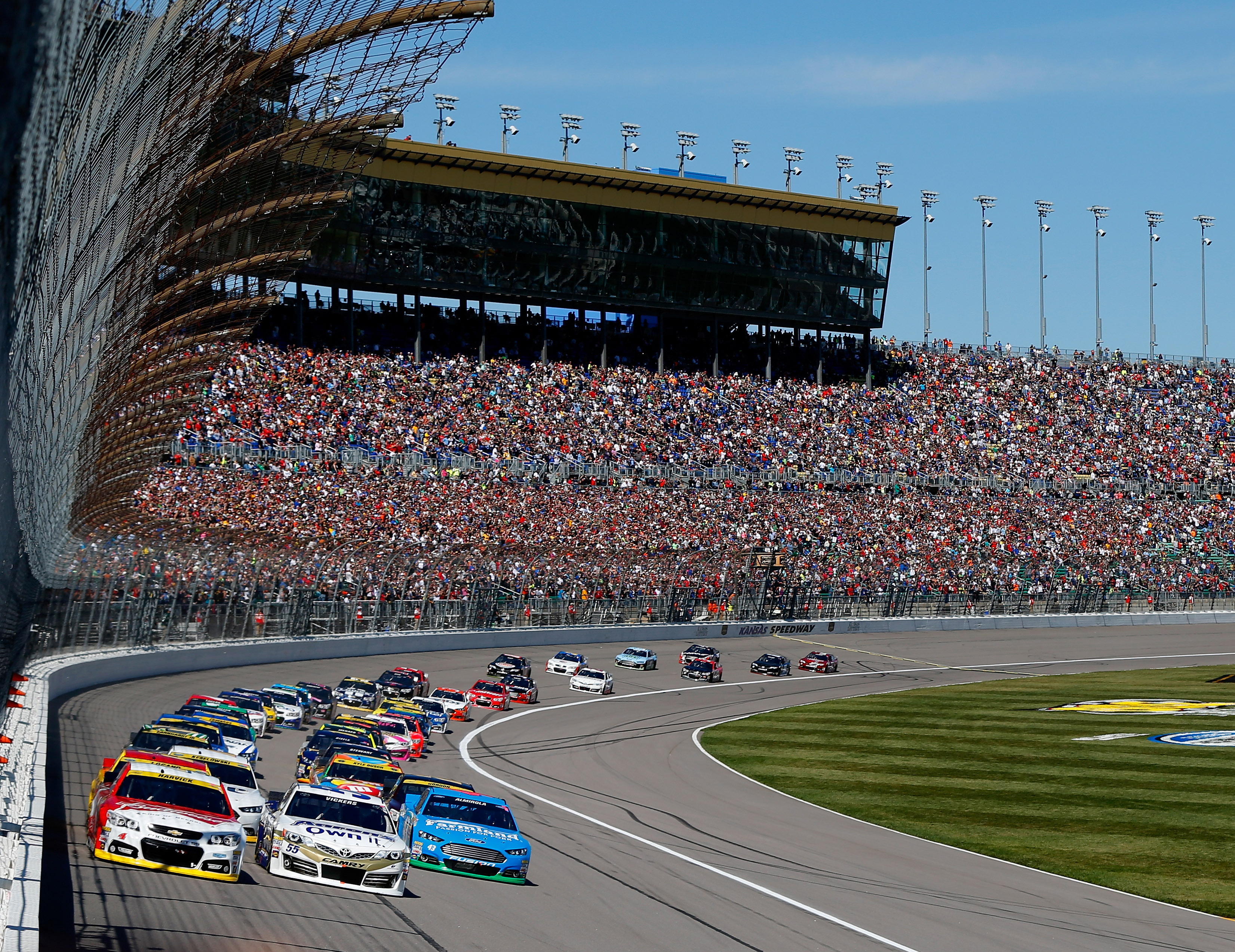Electric Vehicle Charging in California: A Comprehensive Guide to Powering Your Journey

California, a state renowned for its progressive environmental policies, has embraced the electric vehicle revolution with open arms. With its sunny skies and growing EV infrastructure, California is leading the way in providing accessible and convenient charging options for electric vehicle owners. This comprehensive guide will delve into the intricacies of EV charging in California, covering everything from charging station types to finding the perfect spot to plug in.
The Rise of Electric Vehicles in California
Related Articles: Electric Vehicle Charging in California: A Comprehensive Guide to Powering Your Journey
- Trailer Parking In Alaska: Finding The Perfect Spot For Your RV Or Trailer
- Navigating The Streets Of Arkansas: A Guide To Smart Parking Solutions
- Navigating The Streets Of Alabama: A Comprehensive Guide To Parking
- Navigating Alabama: A Guide To Accessible Parking
- Alaska Railroad Parking: Your Guide To Seamless Travel
California’s commitment to reducing carbon emissions has fueled the rapid adoption of electric vehicles. The state boasts the highest number of registered EVs in the United States, a testament to its proactive policies and incentives. With a growing network of charging stations and a diverse range of EV models available, California is making electric mobility a reality for its residents.
Understanding Electric Vehicle Charging Types
Before we dive into the specifics of charging in California, it’s essential to grasp the different types of EV charging available:
- Level 1 Charging: This is the most basic form of charging, utilizing a standard 120-volt outlet. While convenient for overnight charging, Level 1 charging is relatively slow, taking hours to fully charge a battery.
- Level 2 Charging: This is the most common type of charging, using a 240-volt outlet. Level 2 chargers are significantly faster than Level 1, typically taking several hours to fully charge an EV battery.
- DC Fast Charging: Also known as Level 3 charging, this is the fastest charging option, utilizing high-voltage direct current. DC fast chargers can replenish a battery to 80% capacity in under an hour, making them ideal for long road trips.

The Charging Infrastructure in California
California’s EV charging infrastructure is expanding rapidly, offering a wide range of options for drivers. Here’s a breakdown of the key components:
- Public Charging Stations: These are readily available in public spaces like shopping malls, parking garages, and gas stations. They offer a mix of Level 2 and DC fast charging options, catering to varying charging needs.
- Home Charging Stations: Installing a Level 2 charger at home provides the most convenient and cost-effective charging solution. It allows you to charge your EV overnight, ensuring a full battery every morning.
- Workplace Charging Stations: Many workplaces are now equipped with charging stations, enabling employees to conveniently charge their EVs during the workday. This encourages sustainable commuting and reduces range anxiety.
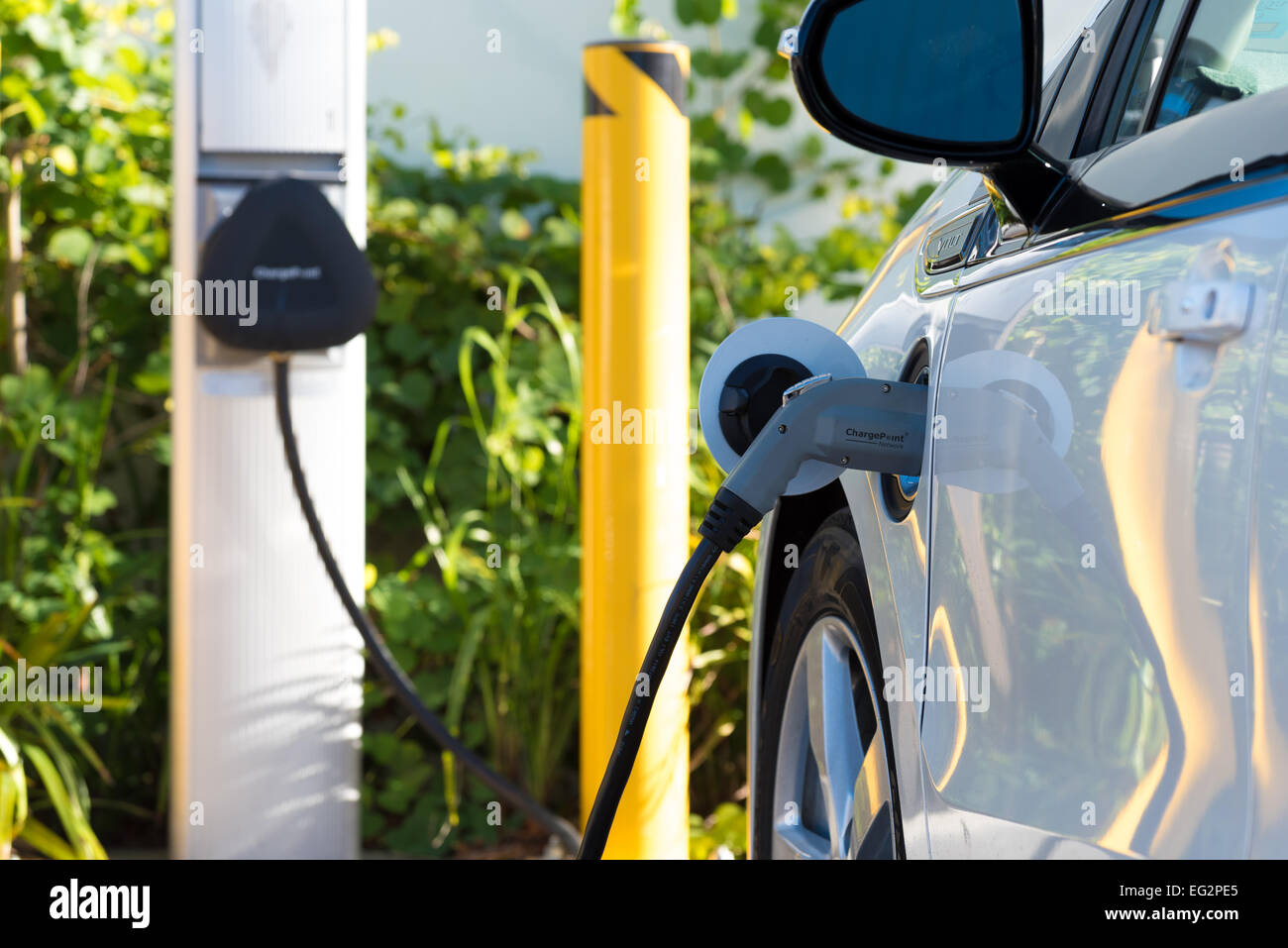
Finding the Perfect Charging Spot in California
Navigating the vast network of EV charging stations in California can be daunting, but several resources can help you find the perfect spot:
- PlugShare: This popular app provides real-time information on charging station availability, pricing, and user reviews. It allows you to filter your search based on charger type, connector compatibility, and other criteria.
- ChargeHub: Similar to PlugShare, ChargeHub offers a comprehensive database of charging stations, including details on connector types, payment methods, and station availability.
- EVgo: This nationwide charging network has a robust presence in California, providing access to a wide range of DC fast chargers. Their app allows you to locate stations, start charging sessions, and manage your account.
- Tesla Supercharger Network: Tesla owners have exclusive access to the Tesla Supercharger network, offering high-speed charging along major highways and in urban areas.
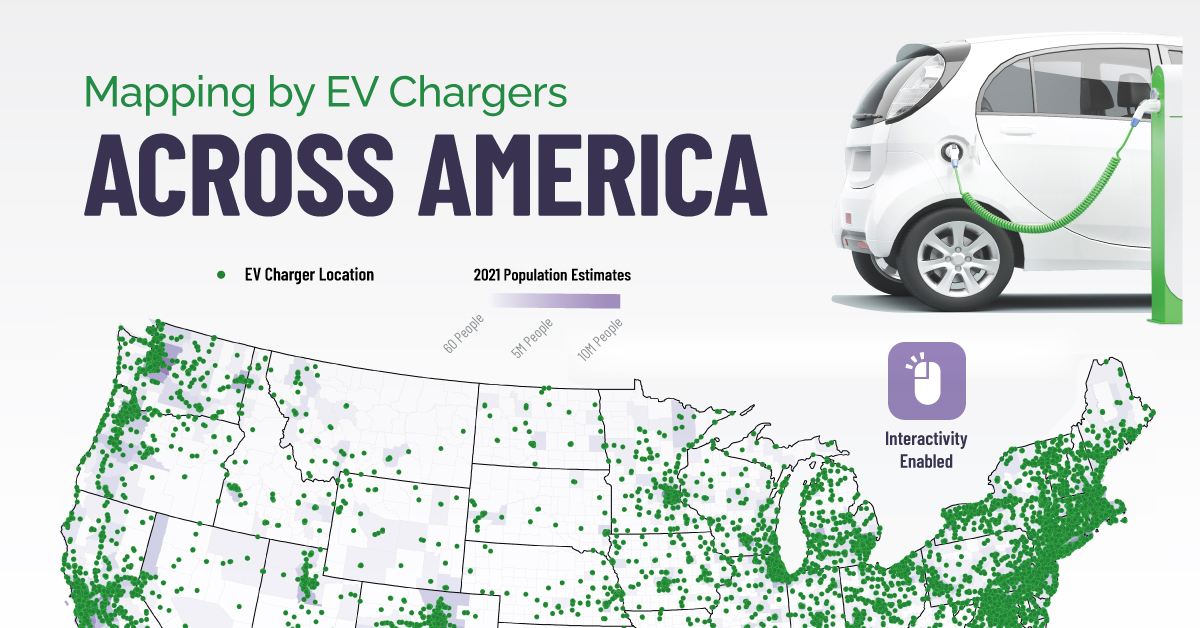
Cost Considerations for EV Charging in California
The cost of charging an EV varies depending on the charging station provider, the type of charger, and your electricity rate. Here’s a breakdown of typical charging costs:
- Public Charging Stations: These stations usually charge by the kilowatt-hour (kWh), with rates varying significantly. Some stations offer flat fees, while others have tiered pricing based on charging speed.
- Home Charging Stations: The cost of charging at home is typically lower than public charging, as you’re billed based on your electricity rate. Installing a home charger can significantly reduce your charging expenses over the long term.
- Workplace Charging Stations: Many employers offer free or subsidized charging for their employees, making it an attractive perk for EV owners.
Government Incentives and Rebates for EV Charging in California
California offers a range of incentives and rebates to encourage the adoption of EVs and charging infrastructure. These programs can significantly reduce the upfront cost of purchasing and charging an EV:
- Clean Vehicle Rebate Project: This program provides rebates for the purchase of new zero-emission vehicles, including electric vehicles.
- California Clean Energy Jobs Act: This legislation provides funding for the development of EV charging infrastructure, particularly in disadvantaged communities.
- Zero-Emission Vehicle (ZEV) Infrastructure Program: This program offers funding for the installation of public and private charging stations, encouraging the expansion of the charging network.
The Future of EV Charging in California
California is committed to leading the charge in electric vehicle adoption, and the future looks bright for EV charging in the state. The government continues to invest in expanding the charging infrastructure, promoting the use of renewable energy, and encouraging the development of innovative charging technologies. With its robust network of charging stations, progressive policies, and commitment to sustainability, California is paving the way for a cleaner and more electric future.
[Insert Google Maps iframe for parking area]
Frequently Asked Questions (FAQs) about EV Charging in California
Q: How much does it cost to charge an electric vehicle in California?
A: The cost of charging an EV varies depending on the charging station provider, the type of charger, and your electricity rate. Public charging stations typically charge by the kilowatt-hour (kWh), with rates ranging from $0.20 to $0.60 per kWh. Charging at home is generally more affordable, with electricity rates varying by utility provider.
Q: Where can I find EV charging stations in California?
A: There are numerous resources available to help you locate EV charging stations in California, including:
- PlugShare: This popular app provides real-time information on charging station availability, pricing, and user reviews.
- ChargeHub: Similar to PlugShare, ChargeHub offers a comprehensive database of charging stations.
- EVgo: This nationwide charging network has a robust presence in California, providing access to a wide range of DC fast chargers.
- Tesla Supercharger Network: Tesla owners have exclusive access to the Tesla Supercharger network, offering high-speed charging along major highways and in urban areas.
Q: What are the different types of EV charging connectors?
A: There are several different types of EV charging connectors in use, including:
- J1772: This is the most common connector type in North America, used for Level 1 and Level 2 charging.
- CHAdeMO: This connector is commonly used for DC fast charging in Japan and other parts of Asia.
- CCS Combo 1: This connector is used for both Level 2 and DC fast charging in North America.
- Tesla Connector: Tesla vehicles use a proprietary connector, which is only compatible with Tesla Supercharger stations.
Q: How long does it take to charge an electric vehicle?
A: The charging time for an EV depends on the battery capacity, the charger type, and the state of charge. Level 1 charging can take several hours to fully charge a battery, while Level 2 charging typically takes several hours. DC fast charging is the fastest option, capable of replenishing a battery to 80% capacity in under an hour.
Q: Are there any government incentives for EV charging in California?
A: Yes, California offers a range of incentives and rebates to encourage the adoption of EVs and charging infrastructure. These programs can significantly reduce the upfront cost of purchasing and charging an EV.
Q: What are the benefits of charging an electric vehicle at home?
A: Charging an electric vehicle at home offers several benefits, including:
- Convenience: You can charge your EV overnight, ensuring a full battery every morning.
- Cost savings: Home charging is typically more affordable than public charging, as you’re billed based on your electricity rate.
- Environmental friendliness: Charging at home with renewable energy sources further reduces your carbon footprint.
Q: What should I consider when choosing an EV charging station?
A: When choosing an EV charging station, consider the following factors:
- Location: Choose a station that is convenient and accessible.
- Charger type: Ensure the station has the appropriate connector type for your vehicle.
- Charging speed: Select a station that offers the charging speed you need.
- Availability: Check the station’s availability before you arrive to avoid disappointment.
- Pricing: Compare the pricing of different stations to find the most affordable option.
Q: What are the future trends in EV charging?
A: The future of EV charging is bright, with several exciting trends emerging:
- Increased charging speeds: New technologies are being developed to enable even faster charging speeds.
- Smart charging: Charging stations are becoming more intelligent, allowing for optimized charging schedules and grid integration.
- Wireless charging: Wireless charging technology is being developed to eliminate the need for physical connectors.
- Expansion of charging infrastructure: The number of EV charging stations is expected to grow significantly in the coming years.
Conclusion
Electric vehicle charging in California is a thriving ecosystem, offering drivers a wide range of options and incentives. With its growing charging infrastructure, progressive policies, and commitment to sustainability, California is leading the way in electric mobility. Whether you’re looking for a convenient home charging solution, a quick top-up on the go, or a fast charge for a road trip, California has you covered. By embracing electric vehicles and charging infrastructure, California is paving the way for a cleaner and more sustainable future.
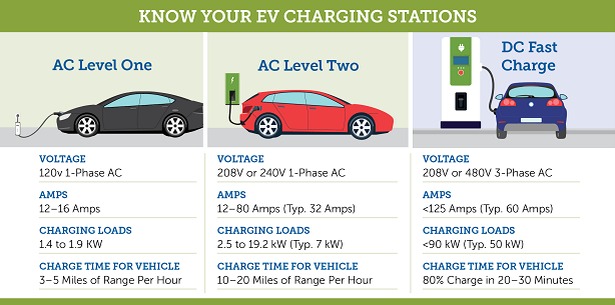
Closure
Thus, we hope this article has provided valuable insights into Electric Vehicle Charging in California: A Comprehensive Guide to Powering Your Journey. We hope you find this article informative and beneficial. See you in our next article!
